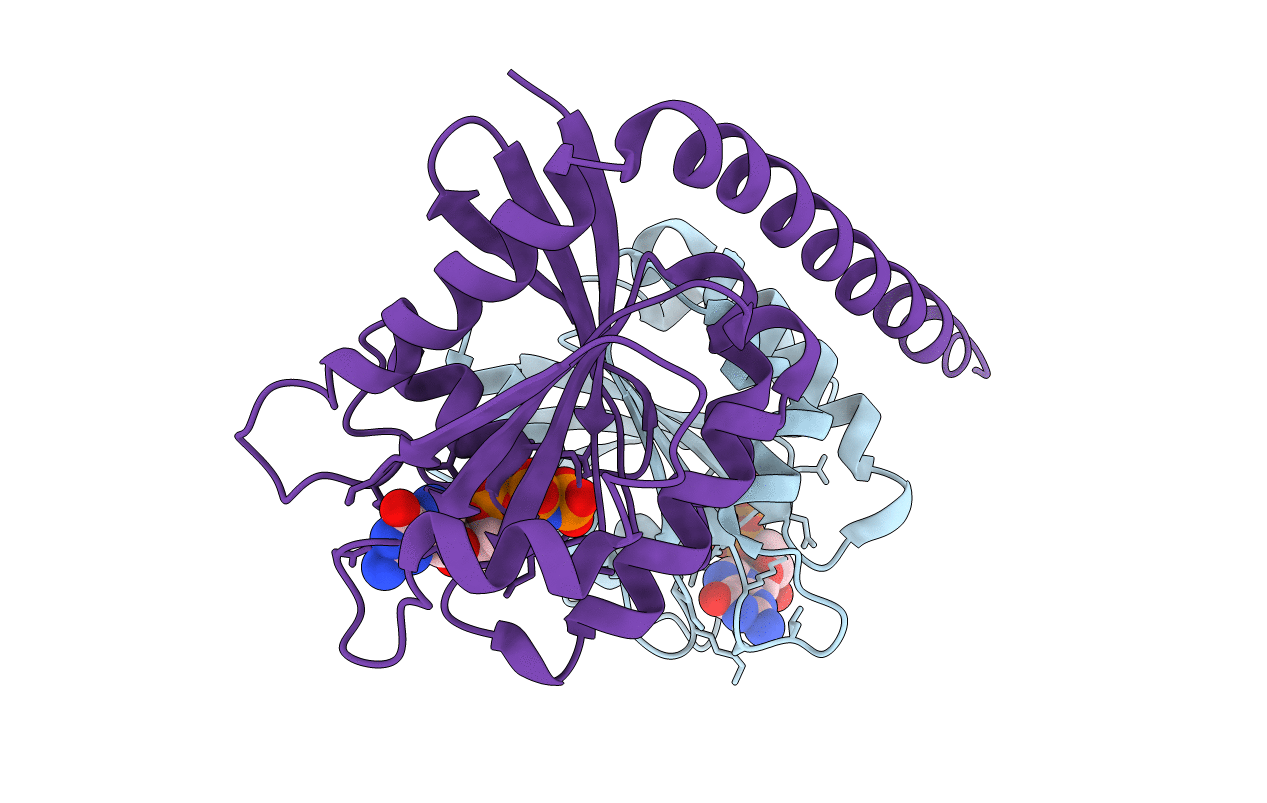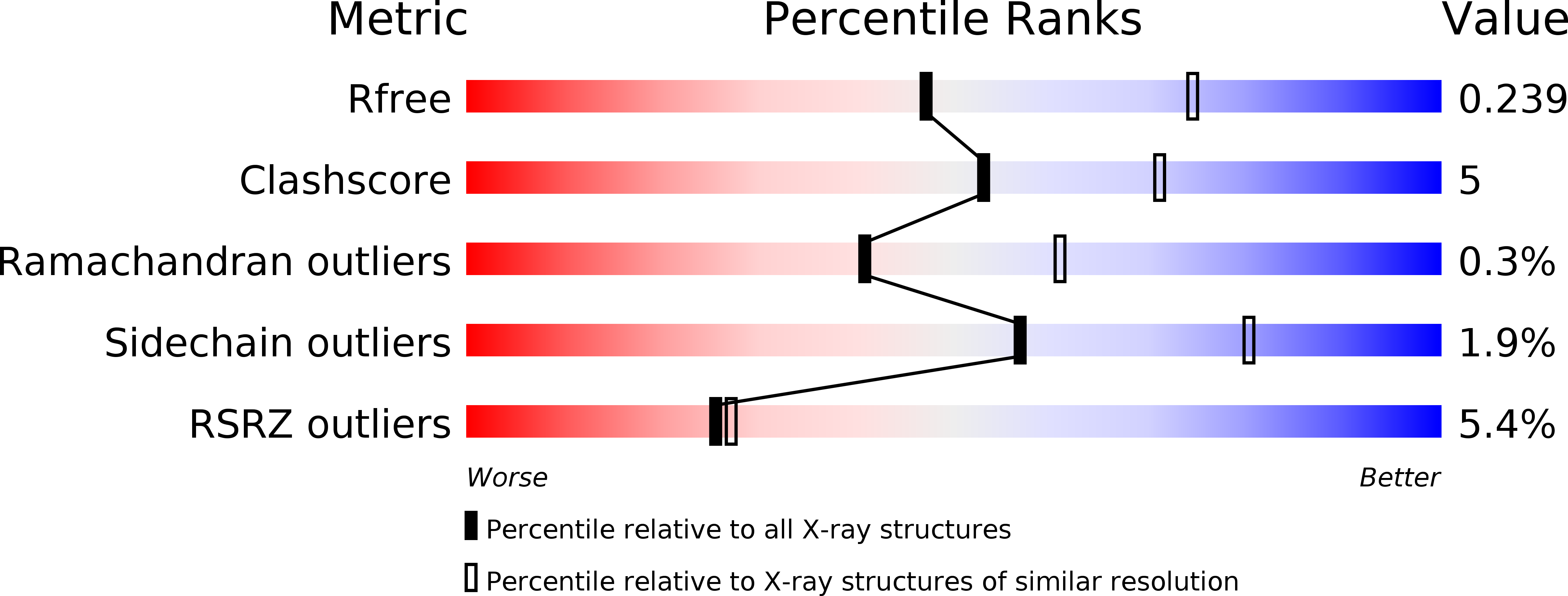
Deposition Date
2015-08-31
Release Date
2015-11-18
Last Version Date
2024-01-10
Entry Detail
PDB ID:
5DI3
Keywords:
Title:
Crystal structure of Arl13B in complex with Arl3 of Chlamydomonas reinhardtii
Biological Source:
Source Organism:
Chlamydomonas reinhardtii (Taxon ID: 3055)
Host Organism:
Method Details:
Experimental Method:
Resolution:
2.50 Å
R-Value Free:
0.23
R-Value Work:
0.19
R-Value Observed:
0.20
Space Group:
P 21 21 21


